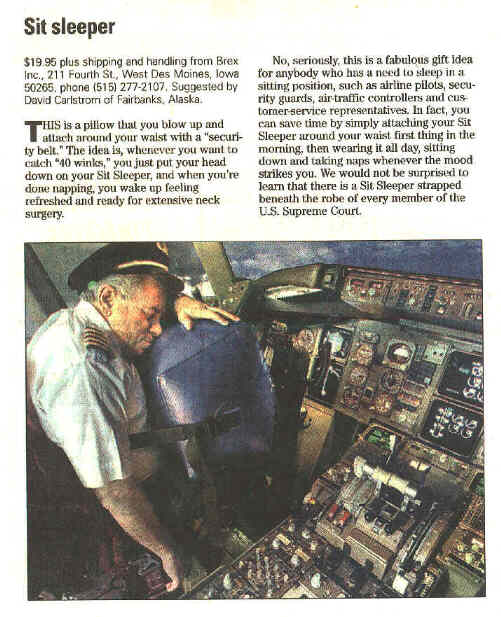Maxed-out
Pre-Flight
- Joined
- Feb 14, 2014
- Messages
- 81
- Display Name
Display name:
Maxed-out
An interesting article in the NY Times about replacing a co-pilot/FO with a robot. Strange but true project going on at the Pentagon’s Defense Advanced Research Projects Agency.
http://www.nytimes.com/2015/07/21/science/robot-co-pilot-darpa-alias.html?_r=0
http://www.nytimes.com/2015/07/21/science/robot-co-pilot-darpa-alias.html?_r=0


